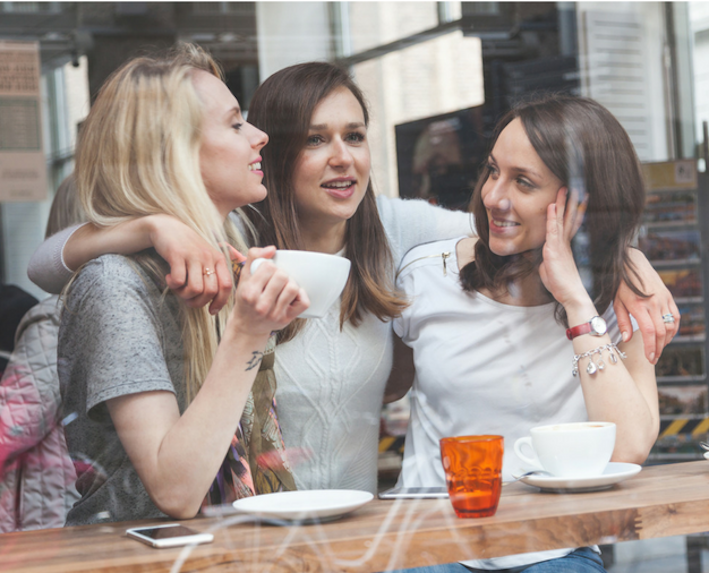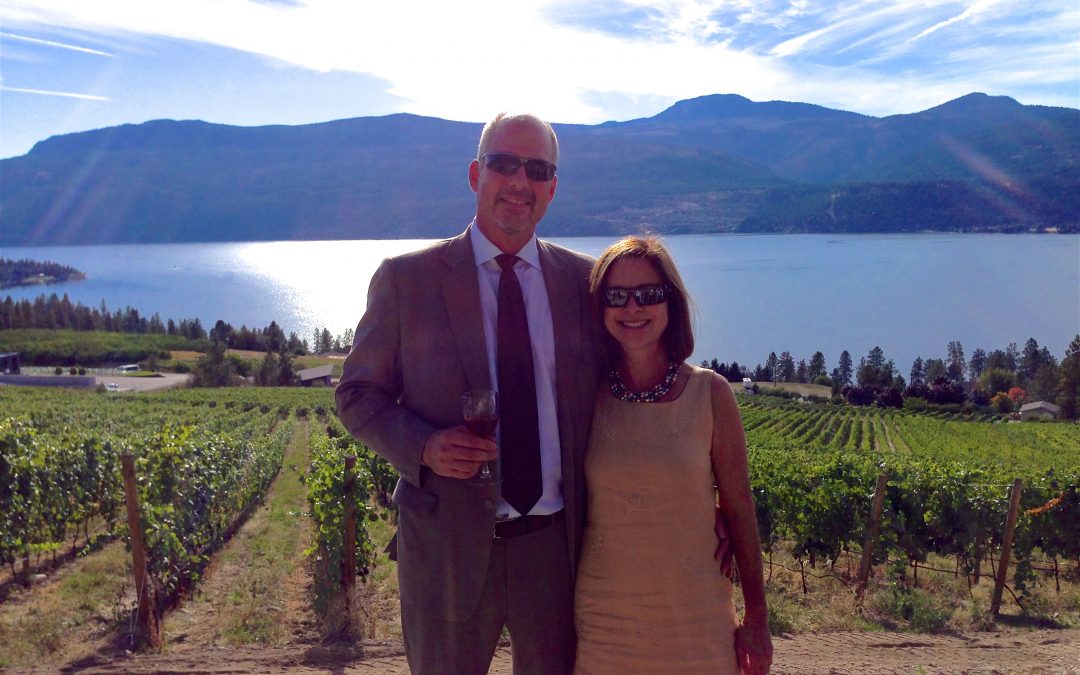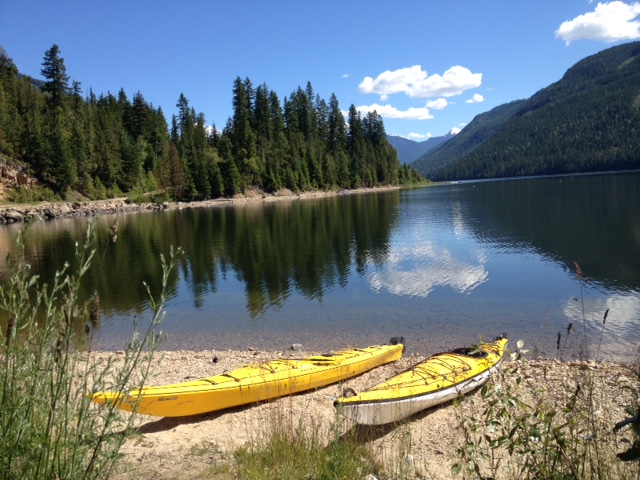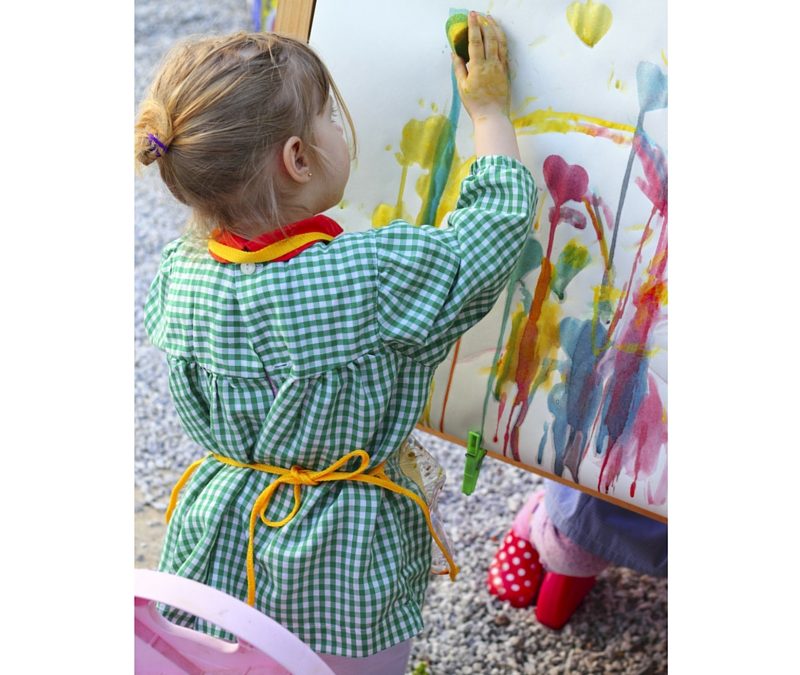
by pam | Feb 6, 2017 | Creative Living, High Achieving Women, Self-Care, Stress Management
As women, many of us have been socialized to always give to others first, and to put ourselves at the bottom of the list. We may have come to believe that we are selfish if and when we do something for ourselves, such as having a massage, going for a walk on our own, or taking time to journal each morning. Guilt and negative feelings often result from this. We may find it challenging to accept compliments and often deflect or make light of them.
If you are the one others typically come to for support, you may view asking for support as a weakness. You may worry that this will change how people see and value you. After all you are a strong, capable women who has all the answers. Don’t you?
When you constantly give and do for others without taking time for yourself what are the costs? Giving, in and of itself, is a good thing. We feel positive to be helping and supporting others; however if we are out of balance in our giving, over time we may become resentful and SOoo tired because we are giving to everyone else, and not taking time for and nourishing ourselves.
What if we as women recognized the importance of reaching out for and accepting support? What if every time someone gave us a compliment we were able to stay in our bodies, acknowledge and mindfully receive the positive message we were being given? What would that look and feel like?
What if we integrated regular self-care and nurturing into our lives such as regular walks in nature, yoga, journaling, regularly connecting with girl friends, and felt like we deserved this, and that it was essential to our overall health and well being. The reality is, doing so makes us much more responsive, less reactive, more fun to be around, and more present with those we care about.
Did you know that to change a health behavior, we not only need knowledge, skills and motivation; we also need social support. That is, support from others to change a behavior and integrate it into our lives so it becomes a healthy habit. There is a lot of research to show that the more social support[1] people have, the more preventive health actions they take.
When people give support we feel good inside. And when we receive support our bodies produce oxytocin, the bonding hormone. Research shows that oxytocin has a number of positive physical and psychological benefits from enhancing trust, self-esteem, optimism and feelings of mastery to reducing blood pressure, gut inflammation and stress.
I recently facilitated a workshop where I shared a model and positive actions women can take to embrace and learn from life transitions, and reduce the stress associated with major life changes. The need to share was huge, and just knowing that others were facing or had faced similar issues and challenges created openness, understanding and support within the group.
So how can you feel more comfortable asking for and accepting support from others? From my own journey and work with others, I find it easiest to take baby steps. Initially reach out and ask for support for something small. It could be asking a friend or colleague for a drive to an event during a particularly busy week, or asking your partner to do the dishes when you’ve prepared the dinner.
So the next time you’re feeling tired and would like some help, think of who you may reach out to and ask them for support. Notice how it feels. Often when we ask others for support, they feel honored that we did (as long as we don’t do this on a frequent and ongoing basis J).
I invite you to try reaching out and asking for support and notice how you feel and how others respond. I welcome your comments and shares below. Feel free to share this with others who you think might benefit.
[1]
“Social support means having friends and other people, including family, to turn to in times of need or crisis to give you a broader focus and positive self-image. Social support enhances quality of life and provides a buffer against adverse life events.” –https://www.takingcharge.csh.umn.edu/social-support

by pam | Oct 25, 2016 | Beliefs & Values, Conscious Living, Creative Living, Proven strategies, Stress Management, Women in Business
What is conscious choice?
Sen defines it as “when you are making choices with the full understanding of reality, from a place of inner freedom, rather than making choices from a place of delusion/ignorance or fear-based motivations.”[1]
Brady views conscious choice as (making) “choices that are conscious, free from knee-jerk reactivity, and (being) mindful of the impact they have on (y)our own well-being, as well as the impact they have on others and the larger environment. “ [2]
What do our lives look and feel like when we don’t make conscious choices?
We make choices based on what we think someone in our position should make, or based on wanting to belong to a particular group, and thinking there is a particular way we need to speak and act to be accepted by that group.
We study and become; for example, a physician, because that’s what our parents want us to be; instead of following our heart and studying something we are passionate about.
We get into relationships based on the type of partner we’ve been socialized to choose, or to satisfy a need we have. For example, believing that we need to marry someone who will provide us with financial security above all else, or becoming a rescuer and getting involved with needy people to help them, rather than choosing a true partner who will support us to learn and grow in positive ways, and us them.
We respond to family members, friends or colleagues reactively based on previous conditioning or fears that we have. We jump to conclusions, become angry and lose control saying and doing things we later regret. This distances us from people and makes us feel alone and misunderstood.
Making unconscious choices can cause a lot of unhappiness, conflict, stress, disengagement, lack of fulfillment, and negatively impacts our relationships, careers and our health. When we don’t make conscious choices, we aren’t being true to ourselves.
So how can we learn to make more conscious choices? It’s a process and a journey that requires commitment and a desire to learn and grow. The first step is learning to become more self-aware.
Proven Strategies to Increase Self-Awareness:
- Spend time on your own walking in nature, swimming, kayaking… and notice what you notice. Is your mind constantly active? What do you think about? Notice how you feel while in nature and while being physically active. Journal about your thoughts and feelings.
- Become aware of your emotions. Start noticing how you react to certain people and situations, and get curious around why that is. Is it due to past experiences? Does that person remind you of someone in your past who treated you badly? Does that person’s behavior make you feel unsafe?
- Clarify your values (refer to http://creativelivingcommunity.com/do-you-live-in-alignment-with-your-core-values/), and live your life in alignment with them
- Work with a coach
- Participate in personal growth workshops and/or group coaching programs
- Study and practice mindfulness. A good place to start is doing mindfulness walking meditations. [3]
What happens when you become self-aware and get in touch with your core values, passions, and who you really are? You are able to make conscious choices; ones that are aligned with your values, needs and passions, and that lead to connection, good health, happiness, fulfillment, and inner calm; instead of conflict, disengagement, stress, compromised health, unhappiness and lack of fulfillment. Which would you rather have in your life?
I invite you to try some of the strategies listed above and notice how they impact your life and your decision-making. I’d love to hear your strategies for becoming more self-aware and how you make conscious decisions. Share your comments below and feel free to share this post with others.
[1] Sen, Conscious Choice – http://www.calmdownmind.com/conscious-choice/ – posted on November 12, 2012
[2] Brady, Reaction Management: How to Make Conscious Choices – http://www.chopra.com/articles/reaction-management-how-to-make-conscious-choices
[3] A tool from Easter psychology that I have found extremely useful for getting “out of my head” and into my body is Mindfulness Walking Meditation. Mindfulness practices focus on the senses and feeling sensations and emotions in our bodies. When we do a mindfulness walking meditation, we feel the ground beneath our feet, we feel the breeze against our face, we feel the cool air going from our nostrils down into our lungs. We smell the scent of salt or the aroma of lavender in the air and observe the scenery in front of us. We try to stay out of our minds and experience our senses. Rather than spend a walk in nature constantly thinking and processing all the things we have to do, instead we stay present and experience nature and all of its beautiful sights, smells, sounds and sensations.

by pam | Sep 20, 2016 | Creative Living, Inner Peace, Proven strategies, Stress Management, Women in Business
In this high-paced, “plugged-in” world we live in, now more than ever it’s important to have tools to find peace amidst the chaos of daily life and work. I believe that we all have a role to play in helping build peace in the world. When we find inner peace and model it for others, we then help build peace in our families, our communities, our workplaces … the world. So how can you find peace? Here are some proven practices I use and teach my clients.
Starting the day off right:
- Rather than leaping out of bed and “hitting the ground running” make a conscious effort to quiet your mind and scan your body from the top of your head to the tips of your toes. Notice any tension or discomfort; breathe into these areas and consciously release and let of the tension.
- Do some conscious stretching. I incorporate some yoga stretches with crunches to awaken my body before I do anything else. Mindfully massaging different joints of your body from head to toe is also meditative.
- Meditate for 10 to 20 minutes. There are a number of digital products available to help you do this. I have found Deepak and Oprah’s 21-day meditation experiences helpful as they focus on a key theme, and each day break down the theme. In addition, beautiful nature sounds and music play in the background to assist you in relaxing and staying focused.
- Ground yourself. Being centered and grounded helps you to be more responsive rather than reactive when interacting with others. “For example, with our family members, when we are centered, grounded and at peace we truly focus on each individual and connect with them at the heart level. They then feel listened to, understood, accepted, and loved. Likewise in the workplace if a colleague gets upset or angry we can show empathy and understanding rather than reacting to them with frustration or as if they are a threat.”[1]
Here is a tool I have found extremely useful in helping me to get centered and grounded. I do this exercise at the start of every day and also before I head into an important meeting or go “on stage” for a speaking event. I go somewhere quiet (depending on the venue it may be a washroom stall), then close my eyes and take several deep breaths to get into my body. I imagine I have roots growing out of the bottom of my feet going deep down into the earth. Then I imagine drawing the earth’s energy coming up through my feet, legs and into my heart. I then imagine I have branches reaching up to the sky to access the universal or source energy (or whatever you wish to call it) and feel that energy coming down through my head and neck and into my heart. I imagine that I am grounded to the earth and to the sky. This enables me to be much more powerful in the work I do and to be less reactive and more responsive in my interactions with others at work or at home.
I’d love to hear what tools you use to start your days off right, and to find peace amidst the chaos. I invite you to try out any of the tools above and to share your thoughts and experiences below. Here’s to helping build peace in the world one person at a time!
[1] Thompson, Pamela, Learning to Dance with Life: A Guide for High Achieving Women, p. 144

by pam | Jun 13, 2016 | Conscious Living, Creative Living, High Achieving Women, Women in Business
A chameleon is a salamander that is able to change the color of its skin so it blends into an environment it enters. It does this to camouflage itself, and also to display aggressiveness toward other chameleons in certain situations.
For many years I was a chameleon. I entered environments and based on the signals I was picking up, initially unconsciously and later consciously, would change my behavior and way of reacting based on those signals. I’m not certain how I learned to do this. One thought is when I was younger and entered a new organization I would quickly notice all of the things that weren’t working within it, and would soon question why certain things were being done the way they were. Often I was told “Because we’ve always done it this way.” Perhaps you’ve experienced something similar. I wasn’t as diplomatic in my younger years as I am today, and after getting some negative reactions from my remarks, I learned to keep my thoughts to myself or to express them in a certain manner and to certain individuals based on the environment. However, that changed when I became a management consultant and was paid good money to go into environments, share my observations, and make recommendations for positive change.
For many years being a chameleon served me well. I can’t pinpoint exactly when my behavior changed, but I do recall a situation that stands out. While managing a large project in Pakistan a number of years ago, I recall meeting with the two Muslim women on my team, and a number of other Muslim women who were assisting in planning an upcoming workshop. One woman in particular was strong, assertive and articulate in expressing her thoughts. I was quite taken aback several days later during the workshop with a mixed group of men and women, how the strong, assertive, articulate woman was demure, unassertive and only expressed her thoughts when asked. It was like she was a different person! Over time, I’ve surmised that she behaved differently in a group of women compared to a mixed group, because that is how she had learned to survive. That was what she perceived was the appropriate and acceptable way to interact in the company of men.
Having had the opportunity to live and work in a number of countries and cultures around the world, I now have found that regardless of whom I’m speaking with, whether it is the Minister of a government department or a cleaner; a man or a woman, I am myself. I no longer react as a chameleon. I try in all situations to speak from my heart while at the same time respecting the dominant religious and cultural norms (e.g. wearing a headscarf in Afghanistan and wearing looser clothing that covers much of my body in Muslim countries). At this time in my life, being myself seems to be serving me well. I think it is interesting to notice how we react in new situations, and if our behavior changes, to explore what might be causing it to do so. It’s also interesting to notice whether our way of reacting has changed over time.
Are you a chameleon? Do you change your behavior in different situations? How is it serving you? If you haven’t thought about this, I invite you to reflect on and to notice how you react in a new social or environmental situation. I welcome your comments and reflections below.

by pam | Jan 11, 2016 | Creative Living, Creativity, High Achieving Women, Proven strategies, Right brain, Women in Business

You may be thinking “creativity – I don’t have a creative bone in my body.” For many years I had the same belief, until some time ago I decided it would be fun to make pottery gifts for friends and family, so I signed up for classes at a local studio. I remember being in awe when the instructor did the demonstration and transformed a ball of clay into a beautiful object within a few moments. When I got my own ball of clay and started to create something on the potter’s wheel, I noticed the chatter leave my head. I got lost in the moment, felt like a child at play and was able to totally focus on what I was creating (otherwise there would have been a blob of clay on my wheel or on the floor!). And, the pottery bowls I made turned out surprisingly well.
Danny Gregory, in his book The Creative License (2006), states “the ability and need to be creative are hard-wired into all of us.” Often we don’t believe we’re creative, as we don’t see ourselves as musicians, painters or sculptors. Yet, if we examine our lives, we may find we’re creative at designing workshops, creating research projects, writing prose, cooking, dancing, gardening, coming up with “out of the box” strategies … .
So why is it important to connect with your creative side? When we connect with our right brains, we feel relaxed, it takes our mind off work, often we feel like a child at play. Research shows the value of the arts in promoting health and enhancing healing. Laura Cerwinske in her book Writing as Healing Art (1999) states that “the power of the written word stimulates the flow of emotions and readily opens the door to the subconscious.” She provides a number of processes and “assignments” for using writing as a way to heal ourselves and to tap into our creativity. Julia Cameron in The Artist’s Way: A Spiritual Path to Higher Creativity (1992) describes the importance of learning to “recognize, nurture and protect your inner artist (and in so doing)…you will learn ways to recognize and resolve fear, remove emotional scar tissue, and strengthen your confidence.”
Dr. Eugene Cohen’s[1] research demonstrates that creative expression is important for older people of all cultures and ethnic backgrounds, regardless of economic status, age, or level of physical, emotional, or cognitive functioning. His work and the programs of NCCA demonstrate how the arts can serve as a powerful way to engage elders in a creative and healing process of self-expression, enabling them to create works that honor their life experience.
What are the dangers of only using your left-brain, logical side and not taking the time to tap into your creative right brain? Gregory cautions that when we stifle our creativity “our minds grow narrower…we grow remote from others, categorizing and stereotyping the people we meet…we speed through life, wanting to get on to the next thing, unable to take pleasure in the moment.”
How do you tap into and express your creative side?
Sit down in a quiet place, free from distractions. Take a few deep breaths to relax yourself and close your eyes for a couple of minutes if you feel comfortable doing so. Ask yourself the following questions and write down your responses to them. Write down the first thing that comes to mind without judging or editing it.
- Are there any creative pursuits you did as a child but haven’t done for years? If so, what are they?
- Are there some creative or artistic pursuits you would be interested in exploring/trying out?
- Commit to either starting to integrate a childhood “passion” into your life or choose a new one such as “learning to play the piano” that perhaps you always wanted to do, but never took the time for or had the opportunity to do. Identify the next steps for taking action to integrate a new or “old” creative or artistic pursuit into your life. This could include: i) Do online research to identify people who teach piano locally and online by January 25, 2016. ii) Interview my top 3 piano teachers by February 10. ii) Sign up and commit to 3 months of bi-weekly piano classes by February 17.
- Support is important to many of us when starting something new and continuing with it. Enlist the support of a friend, colleague or family member to encourage and support you in your new endeavor, or invite them to join you in doing it.
To learn more about tapping into and expressing your creative side, I invite you to join me and 20 other experts at a fun, free online event “Juicy Life, Juicy You”. Check it out at: http://juicylifejuicyyou.com/PamThompson
What tools do you use to tap into and express your creative side? What benefits have you experienced from doing so? I welcome your comments below. Feel free to share this post with others.
[1] Eugene Cohen – founder of the National Center for Creative Aging (NCCA) – www.creativeaging.org





